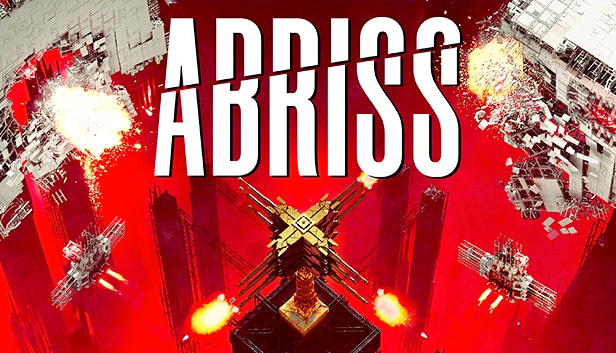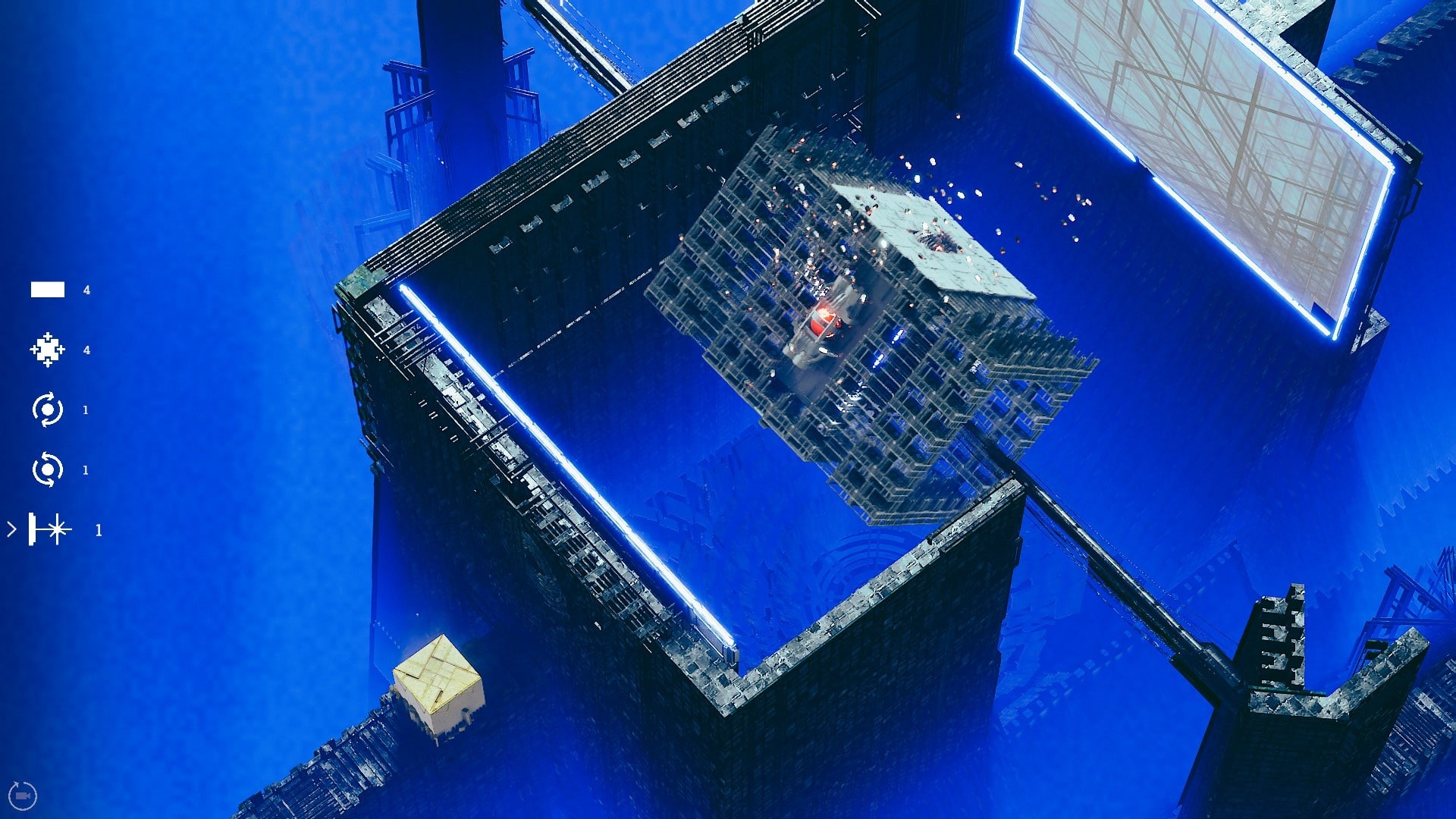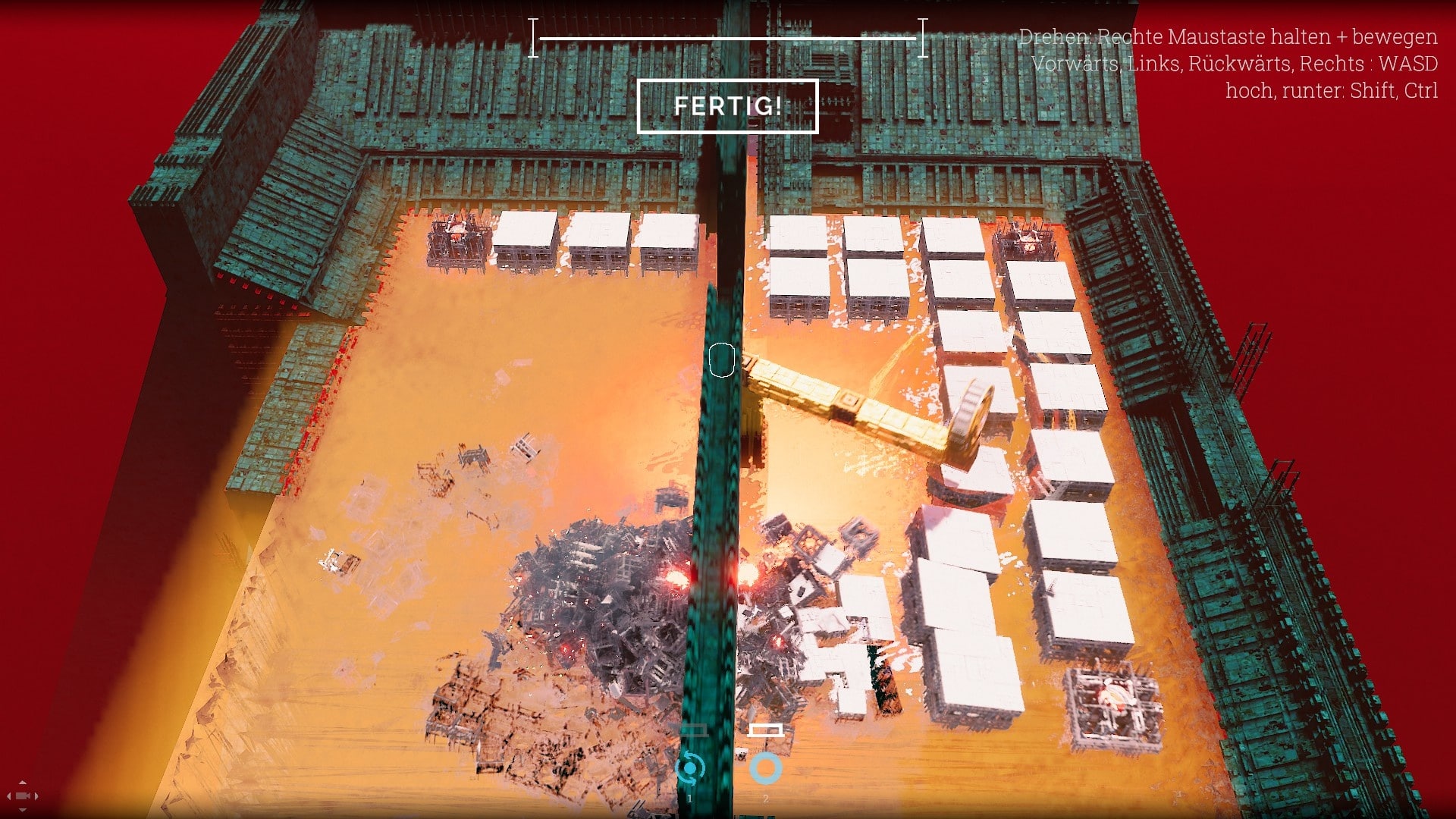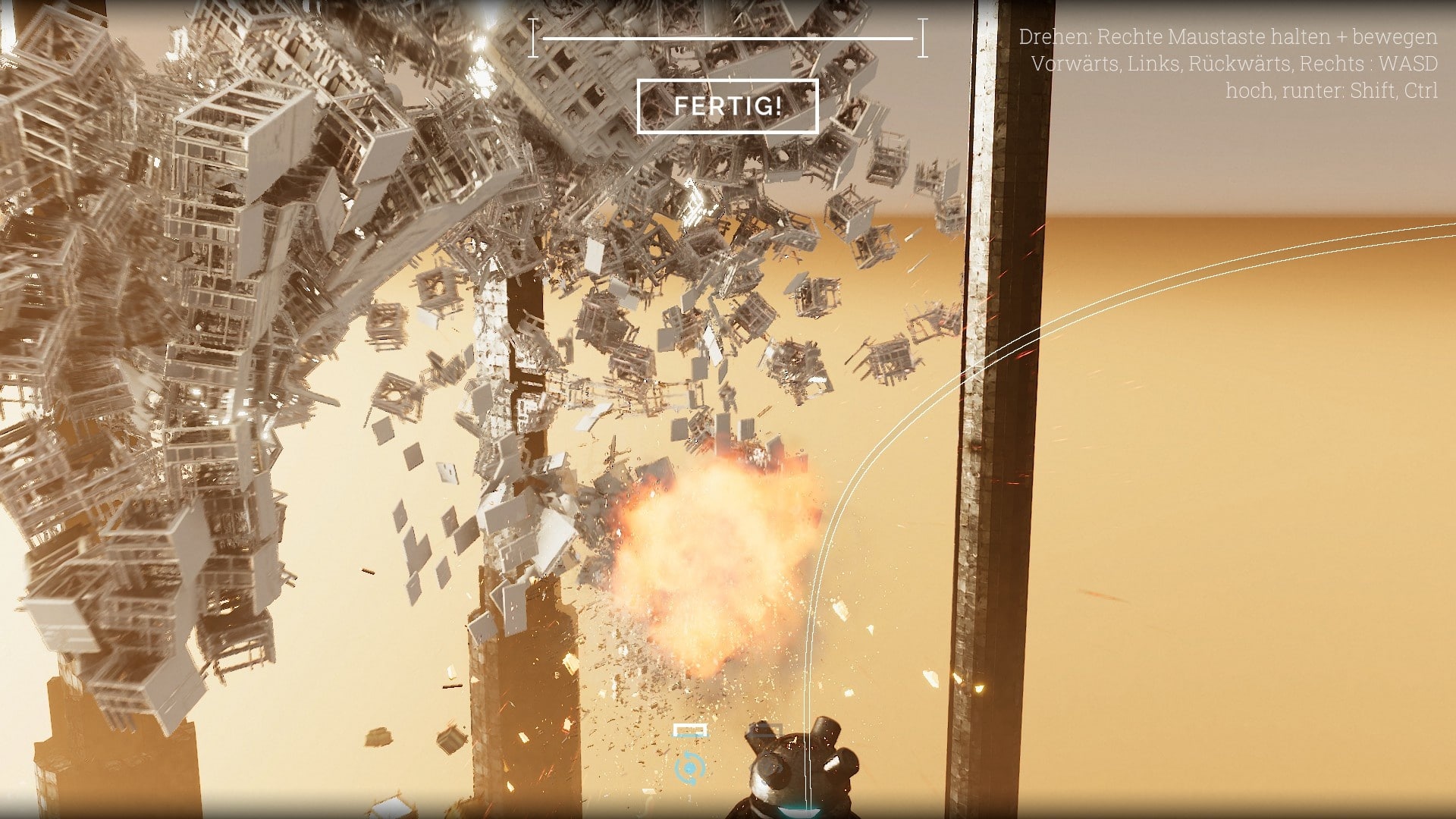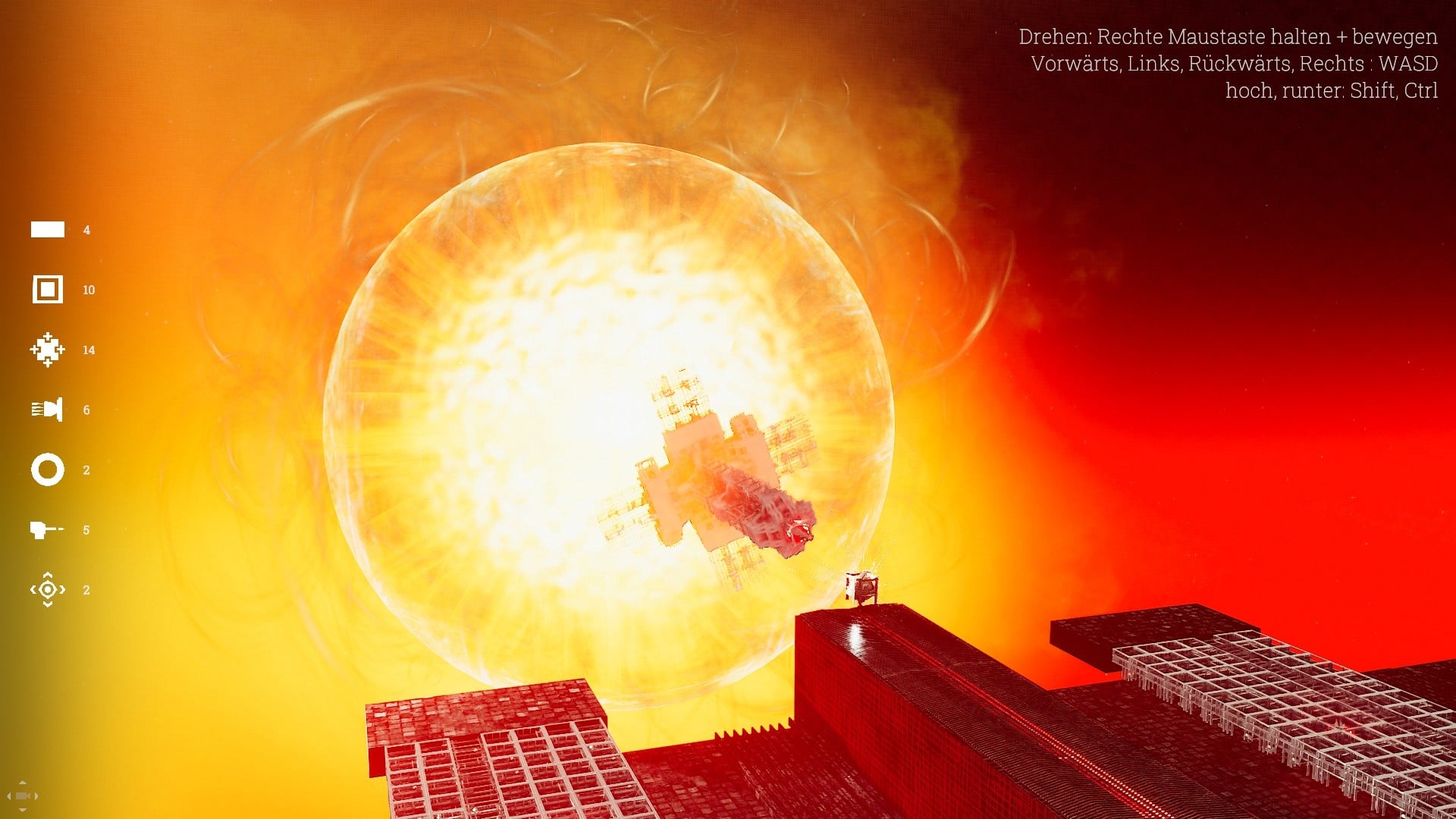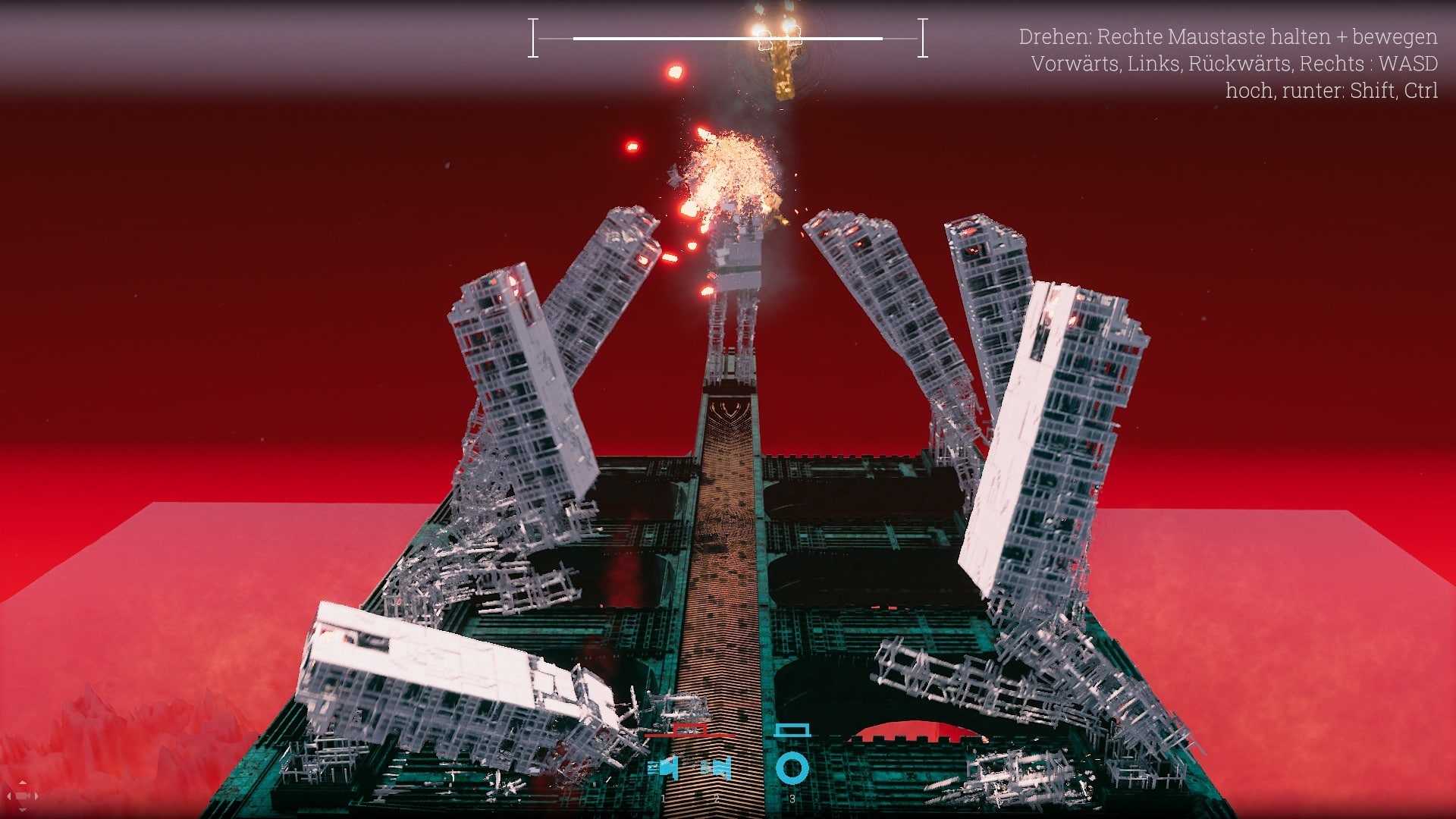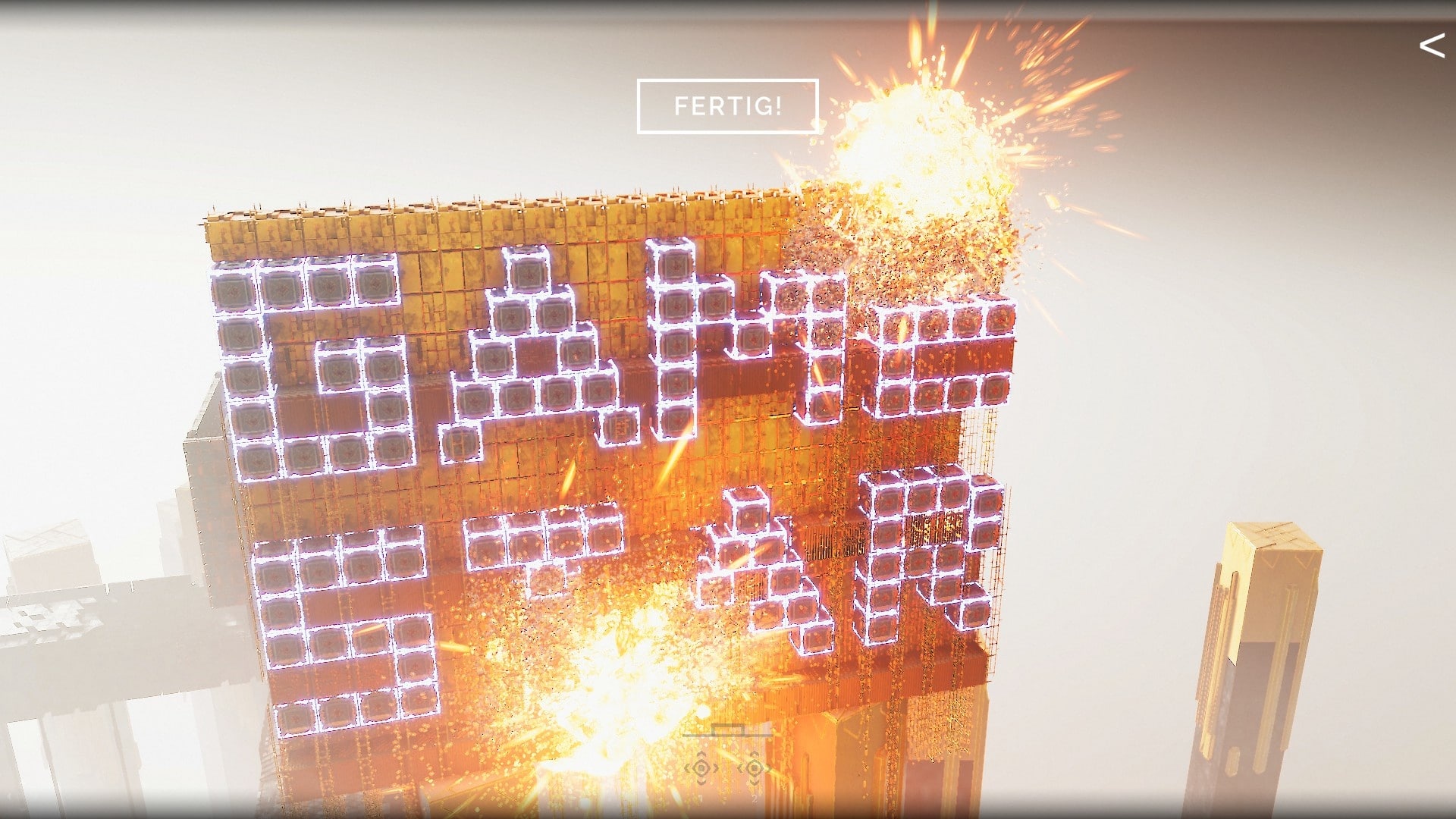In ABRISS, the name says it all and we demolish everything we can. This looks insanely good; building ruins have never been more chic.
In architectural theory, the modern style (i.e. prefabricated buildings, huge blocks of flats with cell-like flats) and brutalism are largely regarded as failed ideas. A lack of humanity and creative usability dooms many of these building projects to vacancy and eventual demolition. But because this often takes years of planning, ABRISS – build to destroy now offers a playful shortcut to this problem.
In 36 levels (13 more will follow after the end of the Early Access phase, which is scheduled for one year (Steam), you can channel your rage – at modern architecture or just in general – in a targeted way, because the name says it all: You tear down buildings with increasingly complex methods and then watch them collapse with relish.
Because experience has shown that anger quickly fades and 36 levels are not that many, there is no long-term motivation in ABRISS, but we still enjoy the organised destruction with magnificent physics effects for a few hours. At least when we don’t wish we could play the whole thing on a completely different platform than the PC.
Destruction has to be learned
The principle of ABRISS is very simple. Level by level, we are presented with buildings to demolish. We have a number of building blocks at our disposal with which we construct tools of destruction and then unleash them on the targets.
The building blocks range from simple cubes to large magnets and cannons, and each level provides us with different components, so that we always have to adapt to new conditions. So far, so good.
The nuts and bolts of such building simulations (whether destructive or constructive) are physics and building systems. Destruction is nice, but if building your own structures sucks, the subsequent demolition is half as sweet.
Building in ABRISS is simple and fun. We use connector cubes to stick the components together and with simple mouse clicks we can rotate, move and place them according to our wishes. Thanks to the free camera movement, we can freely add parts of the building from all sides, so building is quick and fluid. Even if we make a mistake in the foundation, our constructions are quickly torn down and rebuilt, so there is rarely any frustration.
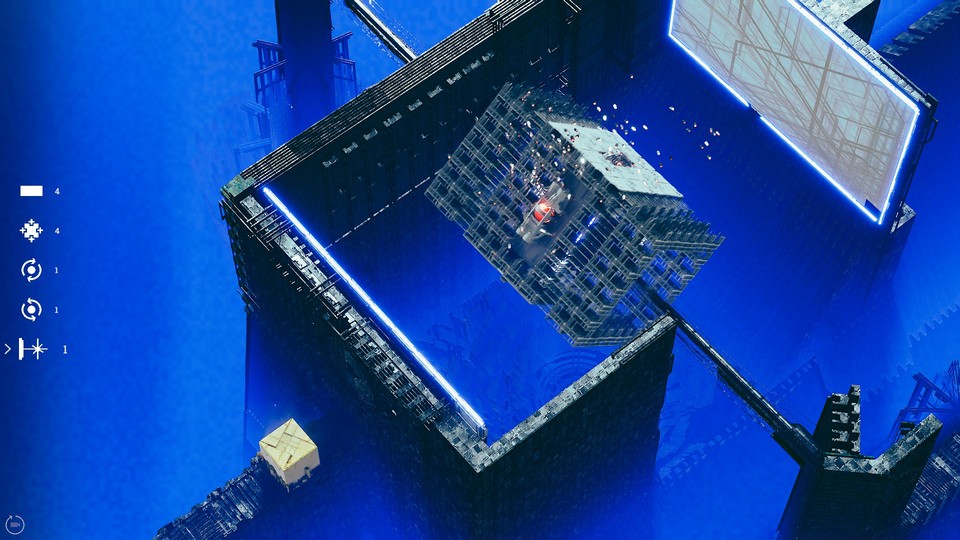
Far from a true simulation
The underlying physics system of ABRISS is solid, but not perfect. For example, two runs with the same design often turn out completely different. We realise that chance cannot be neglected in reality, but in ABRISS it causes frustration when components spontaneously change their direction of flight. Simulation is and remains simulation and we would like to have a little more consistency in physics.
In addition (and this may well be our fault, we are journalists and not physicists), the physics system developed by three Berlin students seems somewhat opaque to us. In the test, we were regularly surprised when our building ideas turned out quite differently in practice than originally planned. Sometimes we simply solved the levels by trial and error, because it was not clear to us where the error lay.
This is where a more detailed tutorial would come in handy, to also pick up those who didn’t pay attention in the statics lecture or, like us, didn’t attend it in the first place. There are brief explanations, but once you have clicked them away, they are irretrievably lost. We regularly despaired at a level and wished for the good old days with the explanation overview.
The inner values count
When the physics work out and we successfully raze a building to the ground, ABRISS’ greatest strength comes to the fore. The game is visually impressive. Particles fly around our ears in slow motion and the atmosphere of light electro beats, dystopian light and colour games and lifeless end-time emptiness is really harmonious.
When we have fiddled with a level for a while and finally managed it, we have often looked at the result several times. The destruction has a satisfying and almost somewhat calming effect.
A purely visual pleasure isn’t enough for us though, we might as well watch any Roland Emmerich film and have a similarly destructive dystopia on the much bigger cinema screen.
On a playful level, ABRISS is hardly convincing. Although the levels are described as a campaign, they are virtually without any context. There is no story at all. For the final release, developer Randwerk has at least announced another game mode.
In its current state, however, we wonder whether ABRISS wouldn’t work better as a mobile game, because aesthetic puzzle games with simple level systems (such as Monument Valley) are more popular on mobile phones. On the PC, however, ABRISS only works to a limited extent; there is simply no pull that draws us deeper into the game.
This is also due to the relatively short duration of the game, which ends after 36 levels and thus after a maximum of ten hours. Yet much more would be possible with the existing components. After completing the campaign, we are left only with the sandbox mode, in which we could demolish even more. However, we are not allowed to construct buildings to be destroyed ourselves; instead, we have to stick to the given templates. However, because these are much simpler than the structures from the campaign, we don’t find the sandbox mode particularly motivating.
Yes, we could come up with infinitely complicated destruction mechanisms here to knock down a simple skyscraper, but why would we do that? We would much rather have destroyed our own buildings, because that would have provided real variety compared to the campaign. In addition, we also encountered some annoying bugs in sandbox mode, especially when saving.
Expecting a great story in a game like ABRISS is certainly misguided. But for the game to become more than a quick pastime on the train on the way to work (which doesn’t work as a PC game anyway), it still needs a certain something. The visual spectacle and the fast building system are enough for a while. But once enough houses have been blown up, we realise that even when broken, modern architecture is one thing above all: a bit boring.
Preliminary rating box
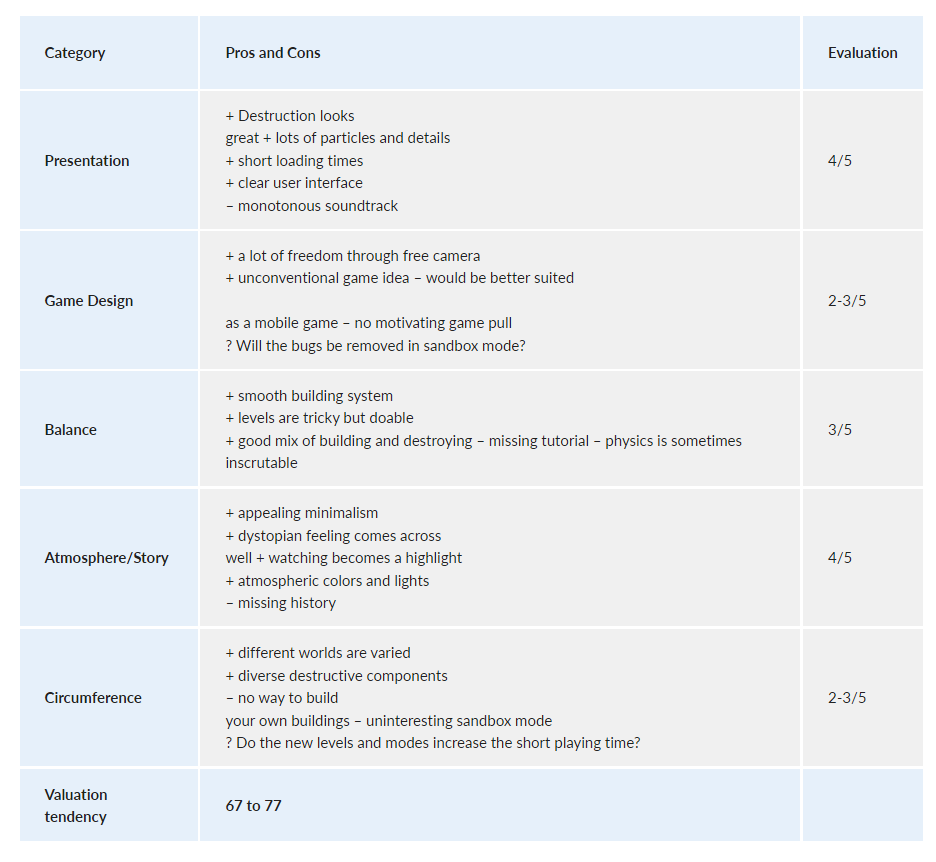
Editorial conclusion
I can definitely appreciate the idea of ABRISS. Maximum destruction done on pretty, with a lot of attention to visual detail – I find that an interesting approach with potential. But I’d like to have it on my phone. There, I have lower expectations of physics and storytelling and would probably have found ABRISS to be impressively high quality. On the computer, on the other hand, my expectations are higher and so while I could thoroughly enjoy ABRISS’ strengths, i.e. the moments of destruction, I found the rest rather tedious. If a mobile adaptation of ABRISS with new levels is ever released, however, I will definitely be at the front of the queue.

